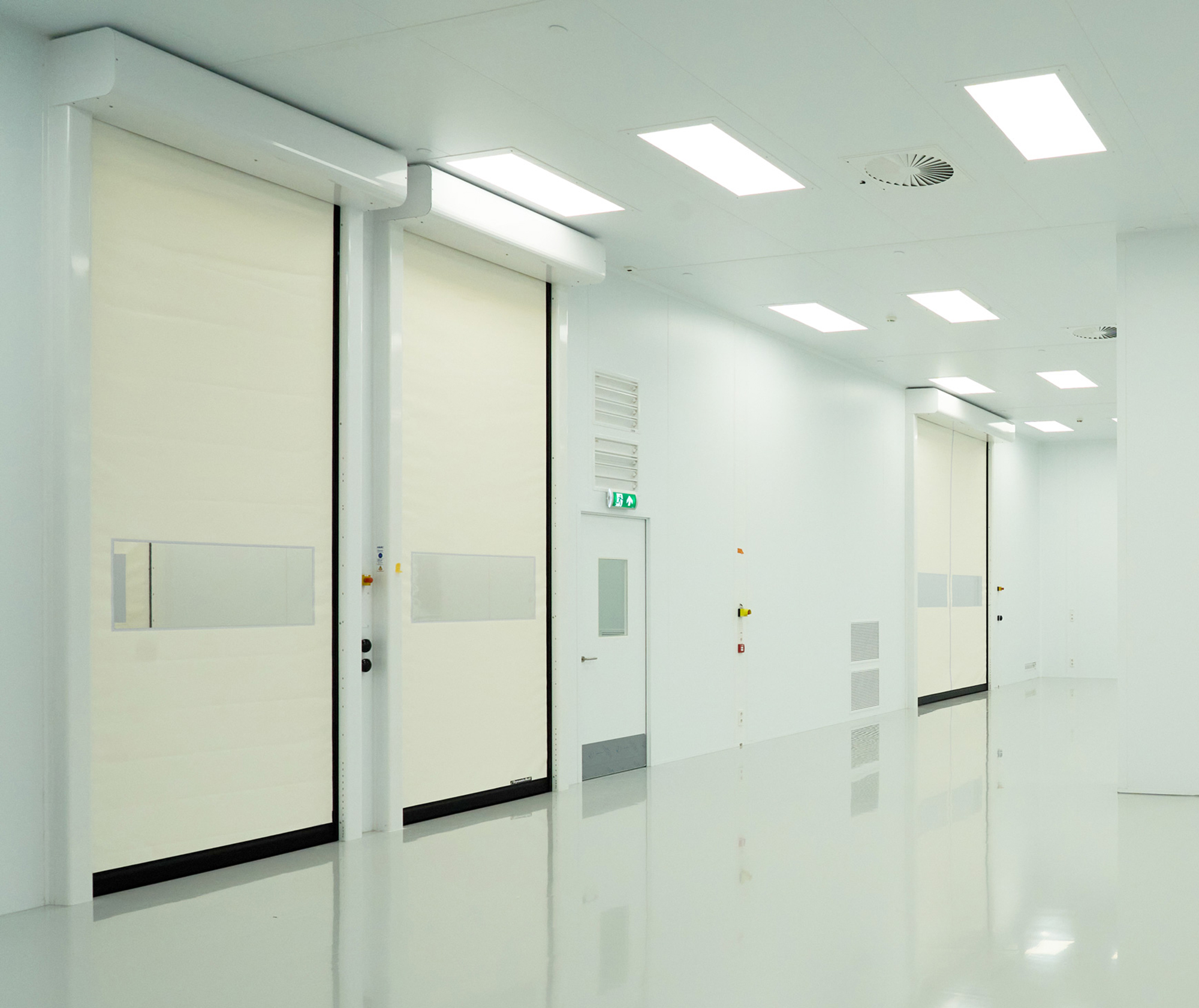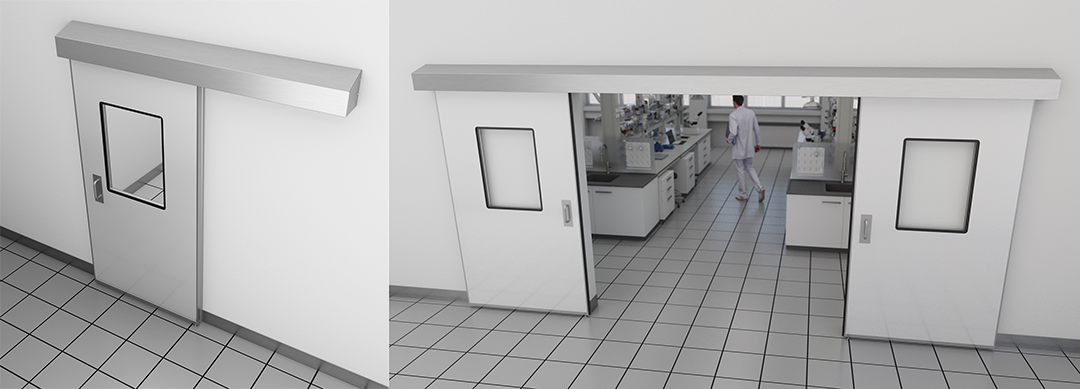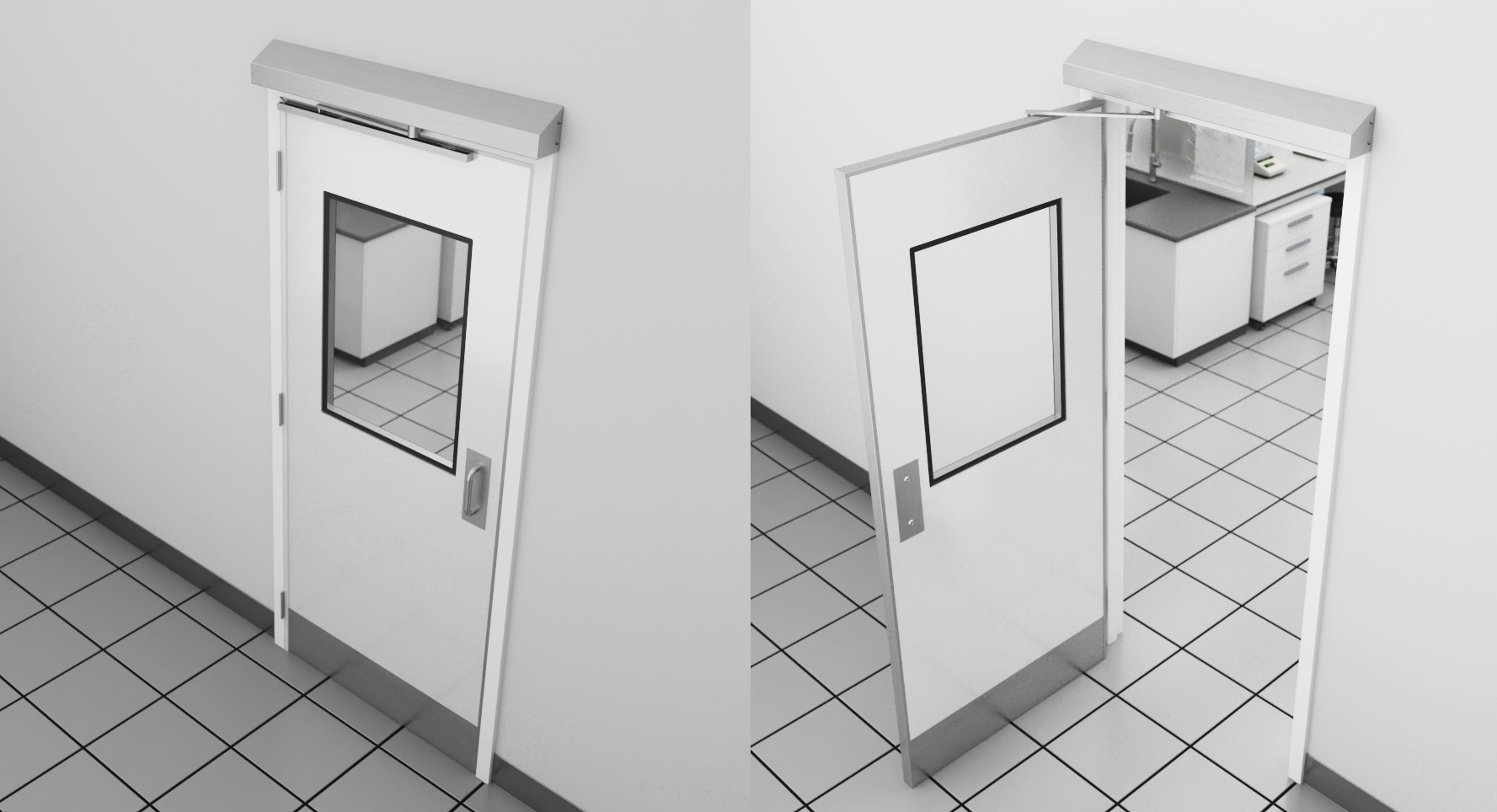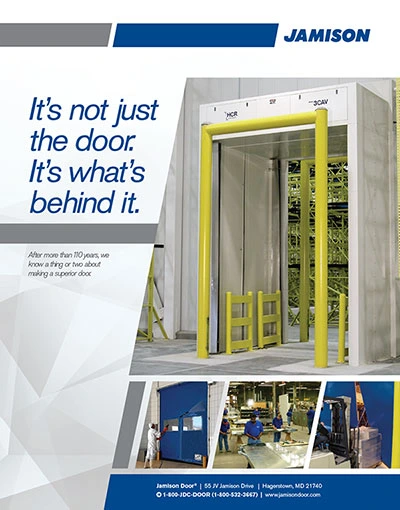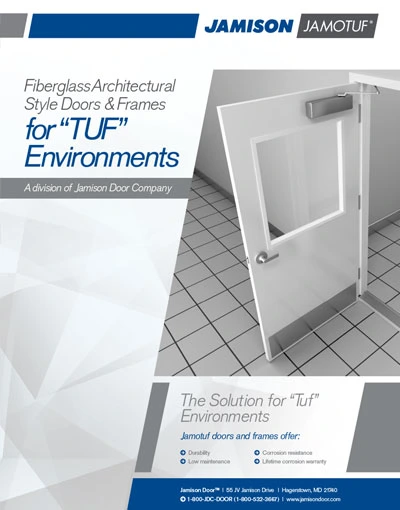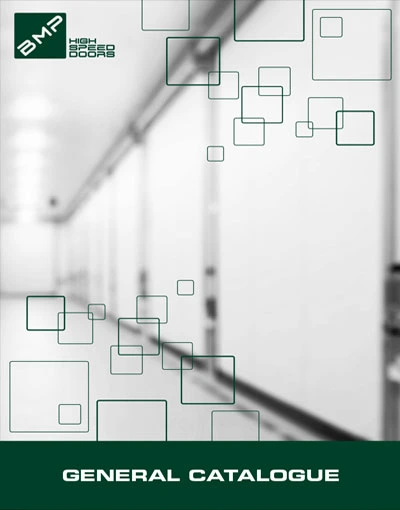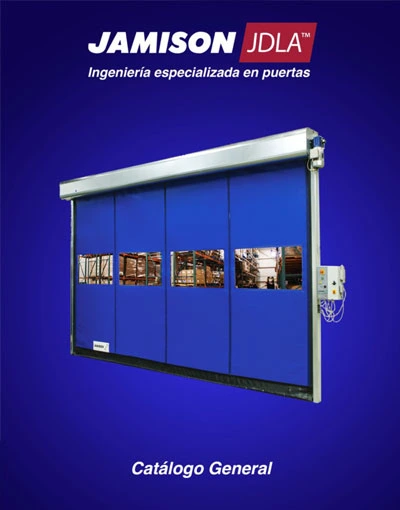In the heart of industries where precision and cleanliness are paramount, cleanrooms stand as the bastions of contamination control. From pharmaceuticals to aerospace, the evolution of cleanroom technology has mirrored the advancement of industry standards. Central to these advancements are the gatekeepers of cleanliness: the cleanroom doors. Among these, high-speed roll-up cleanroom doors are setting new benchmarks, blending efficiency with innovation.
Understanding High Speed Cleanroom Doors
High-speed roll-up cleanroom doors exemplify engineering marvels. They quickly open and close to minimize air exchange and reduce contamination risks. These clean room doors feature a roll-up mechanism that saves space and reduces exposure time to external environments.
Unlike their predecessors, they operate more efficiently in cleanroom settings. Key features include airtight seals, durability, and materials compatible with stringent cleanroom standards.
Advantages of High-Speed Roll-Up Cleanroom Doors
High-Speed Roll-Up Cleanroom Doors are transforming operational dynamics across various industries, particularly where precision, cleanliness, and efficiency are paramount. These advanced door systems offer a multitude of benefits that extend far beyond mere functionality.
Efficiency in Operations
The speed of these doors drastically reduces the wait time, contributing significantly to operational efficiency. In environments like pharmaceutical manufacturing, where time is crucial, this can lead to substantial productivity gains. Quick operations enhance efficiency and output significantly.
Enhanced Cleanliness and Contamination Control
High-speed doors limit the time the door remains open, crucially maintaining the sterility and cleanliness of the environment. This action ensures compliance with strict industry regulations. They actively support necessary sanitary conditions.
Improved Safety and Energy Conservation
Modern roll-up doors come equipped with safety sensors and energy-efficient designs. Their rapid operation reduces energy loss, maintaining the cleanroom’s temperature and pressure conditions more effectively.
Long-term Cost Savings
High-speed roll-up doors require a higher initial investment than traditional doors. However, their durability and low maintenance make them cost-effective in the long run.
These doors withstand heavy usage and harsh environmental conditions. This design reduces the need for frequent repairs or replacements. This not only saves businesses money on maintenance and repair costs but also minimizes downtime and disruptions to operations.
Additionally, high-speed roll-up doors are energy-efficient, helping businesses save on heating and cooling costs. Their fast opening and closing speeds improve workflow efficiency and productivity. They allow for quick and easy access to different areas of a facility. This can result in increased throughput and reduced labor costs.
High-speed roll-up doors offer long-term savings and operational improvements, making them a smart choice for businesses. Despite a higher initial cost, these doors provide cost savings and efficiency, appealing to various industries.
Applications in Various Industries
High-speed roll-up cleanroom doors are crucial elements in modern industrial design. They uphold the stringent standards required in various critical sectors. Their rapid operation and superior sealing capabilities ensure environments remain uncontaminated. These features also maximize operational efficiencies.
Let’s delve deeper into the role these doors play across different industries.
Healthcare and Pharmaceuticals
In the healthcare and pharmaceutical industries, the stakes for cleanliness and contamination control could not be higher. High-speed clean room doors facilitate the production of pharmaceutical products, from research and development to manufacturing and packaging. They provide a barrier against pollutants and pathogens, crucial in the production of sterile medications and vaccines.
The speed of these pharmaceutical cleanroom doors minimizes air exchange, a critical factor in preventing contamination. This protection is essential to maintain product integrity and ensure patient safety.
Semiconductor and Electronics Manufacturing
The semiconductor and electronics manufacturing sectors are where the minutiae matter. A single dust particle can cause the failure of an entire batch of microchips, leading to significant financial losses. Cleanroom high-speed doors help maintain cleanliness in areas where delicate components are produced. By swiftly opening and closing, they significantly reduce the risk of contamination, ensuring that the manufacturing process remains uninterrupted and efficient.
Food Processing
Food safety is paramount in the food processing industry. High-speed roll-up cleanroom doors greatly benefit this sector. These doors help in maintaining strict hygiene standards, preventing the entry of contaminants and pests into production areas.
The fast operation of these doors is vital for controlling temperature and humidity in areas. This prevents spoilage and ensures the quality of perishable goods. By integrating these doors, food processing facilities better adhere to regulatory standards. This ensures the safety and quality of their products.
Aerospace
The aerospace industry requires precision and reliability in every component produced. Clean room speed doors play a crucial role in maintaining controlled environments for manufacturing and assembling aerospace components and systems. These doors ensure that these sensitive processes meet strict industry standards.
These environments protect sensitive equipment and components from contaminants. This protection ensures their performance and reliability. The rapid operation and tight sealing of these doors minimize downtime and maintain the integrity of the manufacturing processes.
Automotive Manufacturing
The automotive sector, particularly in electric vehicle (EV) and advanced electronics production, has embraced cleanroom technologies. This includes the use of high-speed roll-up doors. These doors support the automotive industry’s need for precision and cleanliness. They are especially vital in the production of lithium-ion batteries and electronic control units (ECUs).
By minimizing exposure to contaminants, these doors help ensure the reliability and longevity of automotive components, which is critical for safety and performance.
Life Sciences and Biotechnology
Research and development in life sciences and biotechnology demand environments free from contaminants. High-speed roll-up cleanroom doors facilitate stringent control of these environments. This enables groundbreaking research and the production of biotechnological products.
These doors provide a necessary barrier against contamination for stem cell research, genetic engineering, or biopharmaceutical production. They ensure the integrity of scientific research and product development.
Our cleanroom roll up doors
DynamicRoll® CB 125 and CB 230 high-speed doors seamlessly integrate into cleanroom settings. These are critical in industries like pharmaceuticals, biotech, and electronics manufacturing. These clean room high speed doors excel in maintaining over-pressured sterile environments. This is crucial for the integrity of cleanroom operations.
Key Features
- Exceptional Cleanliness: The doors are crafted to ensure minimal air leakage. Thereby facilitating optimal operation of ventilation and air purification systems. This feature is vital in limiting airflow between rooms, significantly reducing contamination and air pressure loss risks.
- Complete Reliability: These doors open and close at speeds up to 8 ft per second, minimizing air movement. This design eliminates rigid elements in the curtain, ensuring the safety of both staff and products. It also reduces downtime and maintenance needs.
- Superior Sealing: Thanks to their unique, patented magnetic closure, these doors achieve an impeccable seal. This minimizes air loss and contamination risks, crucial concerns in cleanroom environments.
- Safe Operation: The incorporation of patented guides made from polyethylene and a PVC curtain with a zipper mechanism enhances operational safety. In case of a collision, the zipper detaches to limit damage. The curtain can be easily reinserted. This ensures continuous operation without significant downtime.
DynamicRoll® CB 125: Optimized Efficiency for Standard-Sized Openings
The CB 125 pharmaceutical door is the epitome of efficiency and reliability for cleanrooms with standard-sized openings. Its advanced engineering ensures a swift, seamless operation that maintains the delicate balance of cleanroom conditions, minimizing air contamination and pressure imbalances.
This model combines cutting-edge sealing technology and safety features to facilitate high throughput without compromising sterility. It is an ideal solution for sectors where speed and sterility are paramount.
DynamicRoll® CB 230: Comprehensive Solution for Large Door Openings
For facilities with larger-than-standard openings, the DynamicRoll® CB 230 provides a specialized solution. The rapid door maintains the integrity of cleanroom conditions without compromise.
This model extends the innovative features of the CB 125 to cater to larger spaces. It ensures that even the largest entrances maintain required cleanliness and pressure levels.
The CB 230 clean room door is designed for the unique challenges of extensive access points. Thereby providing unparalleled sealing and safety features for large-scale cleanroom applications.
Jamison – Your Clean Room Door Manufacturer
Embrace the future of cleanroom technology with high-speed roll-up doors. Explore how these advanced solutions can enhance your operations. Contact us for more information, and take the first step towards a more efficient, cleaner tomorrow.

